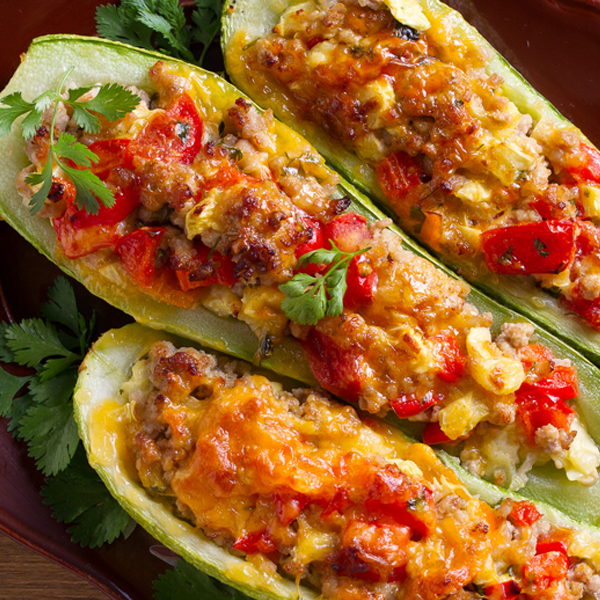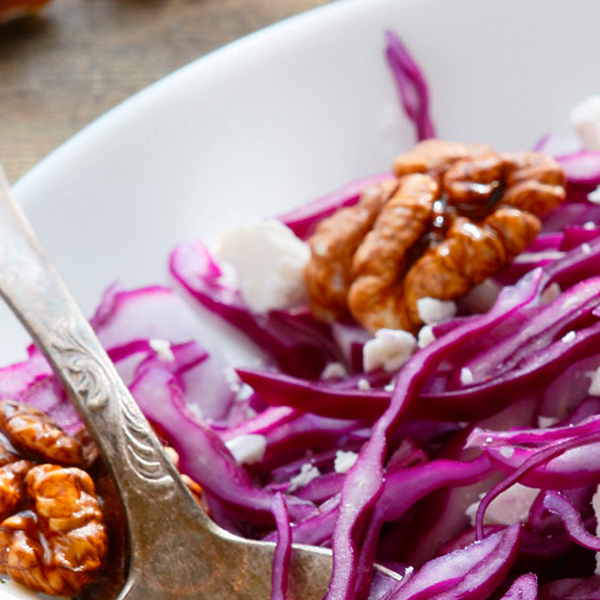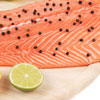Season pork chops with sea salt and pepper. On high heat, heat the oil in a large skillet and add the pork shops. Brown pork well, about 4 minutes per side. Remove and place these on a plate and set them aside. To the same skillet, add onions and cook until tender, 3 to 5 minutes. Add chicken broth, cherries, orange marmalade, honey, vinegar and red pepper flakes. Bring to a boil; boil rapidly on medium heat until broth is reduced by half. Reduce heat. Add pork chops to pan to heat through, 5 to 6 minutes. (Cook pork chops longer on lower heat, if pork chops are very thick or if they have a bone in them.) Internal temperature of the pork should be about 160 degrees F. Add chicken broth or water, if needed. Stir in the cornstarch to thicken the sauce. Serve pork chops with cherry sauce spooned over them. Makes 4 servings.



